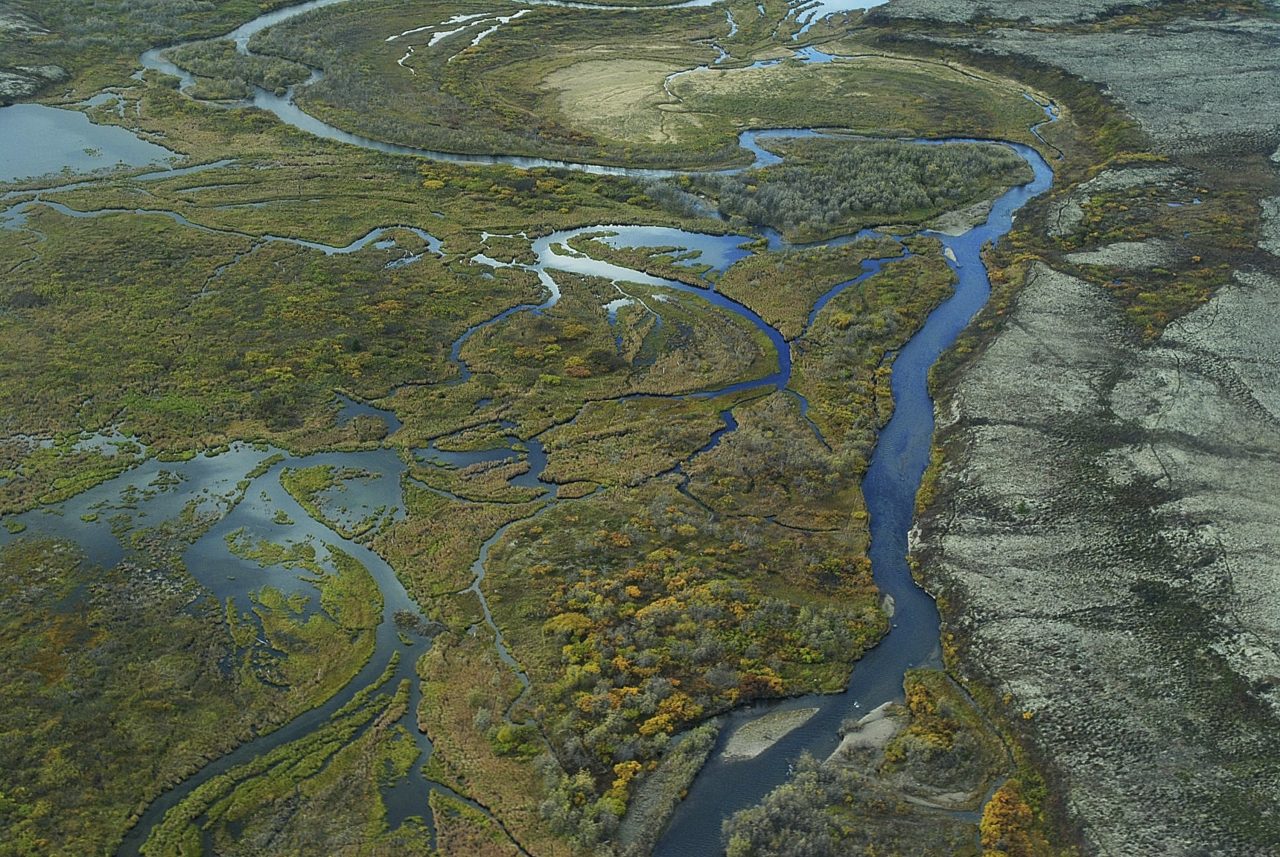The potential for Alaska to play a pivotal role in the supply of rare earth elements has garnered attention as discussions around reducing dependence on China intensify. The majority of these critical minerals are located on federal land, presenting an opportunity for the United States to enhance its domestic supply chain. The prospect of opening these lands has been highlighted as a strategic move to bolster national security and economic independence.
Alaska is home to significant deposits of rare earth elements, which are essential for various advanced technologies, including electric vehicles, renewable energy systems, and military applications. According to the U.S. Geological Survey, the country has historically relied on imports to meet its demand, with over 80% of rare earths sourced from China. This has raised concerns about supply chain vulnerabilities, particularly in light of geopolitical tensions.
In recent years, discussions have emerged regarding potential actions to open federal lands in Alaska for mining. Former President Donald Trump advocated for such measures during his administration, emphasizing the need to reduce reliance on foreign sources. In 2020, the Department of the Interior initiated efforts to streamline permitting processes for mining operations on federal lands, aiming to make it easier for companies to access these resources.
While there is significant economic potential in developing Alaska’s rare earths, environmental considerations remain a critical aspect of the discussion. The Environmental Protection Agency has raised concerns about the ecological impacts of mining activities. Local communities and environmental groups are advocating for careful assessment and regulation to ensure that any extraction process does not jeopardize the region’s pristine ecosystems.
The conversation around rare earth mining in Alaska is not just about resources; it also involves the livelihoods of local populations. Indigenous communities have expressed the need for engagement in the decision-making processes regarding land use. Ensuring that their rights and perspectives are respected will be crucial as discussions progress.
As the United States seeks to establish a more resilient supply chain for rare earth elements, Alaska stands at the forefront of this initiative. The potential for reducing dependence on China while fostering local economic development could reshape the landscape of American resource management. Engaging in thoughtful dialogue that balances economic interests with environmental stewardship will be essential as the nation navigates this complex issue.
Ultimately, the path forward will require collaboration among government agencies, industry stakeholders, and local communities. Opening up federal lands for rare earth mining in Alaska could be a significant step towards achieving greater self-sufficiency in critical mineral supplies, provided that it is done responsibly and sustainably.







































































